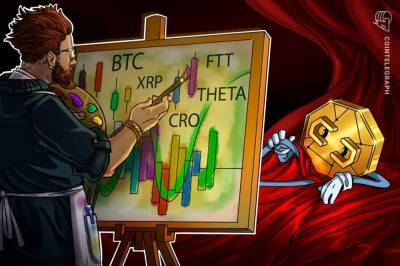Ascending channel pattern sets Polygon (MATIC) up for a potential 30% rally
Polygon prices look poised to rise by at least 30% in the wake of a key Jan. 18 upgrade that would push a considerable portion of its native MATIC token out of circulation.
Dubbed EIP-1559, the improvement proposal originally came to light as part of Ethereum's so-called London Hard Fork upgrade on Aug. 5. The proposal effectively started destroying, or "burning," a part of the fees paid to miners via Ether (ETH).
Traders and investors raised their bids for Ether before and after the EIP-1559 upgrade, noting that it made Ether a deflationary asset for the first time in history. For example, a model created by Ethereum co-founder Justin Drake claimed that EIP-1559 would reduce Ether's annual supply by 1.6 million ETH.
Polygon, which acts as a layer-2 protocol built to scale Ethereum's prevailing scalability issues, rolled out a testing implementation of EIP-1559 on Dec. 14, 2021. After the test net launch, MATIC price rallied by almost 30% to $2.35, which includes a brief run-up to its record high near $3.
In theory, a lower supply against a rising demand would make the asset more valuable in the eyes of its bidder.
This classic economic reference has assisted in boosting demand for cryptocurrencies like Bitcoin (BTC) before. Issuance would be halved every four years against a limited supply cap of 21 million units. This begs the question, could the MATIC price rally in the same way? Mineplex co-founder Alexander Mamasidikov thinks yes.
Mamasidikov told Cointelegraph that EIP-1559 would impact MATIC price positively, adding that it could easily rally toward its current record high following the technical upgrade.
"In periods of price recovery, investors are often on the lookout for both technical and fundamental features to
Read more on cointelegraph.com




















